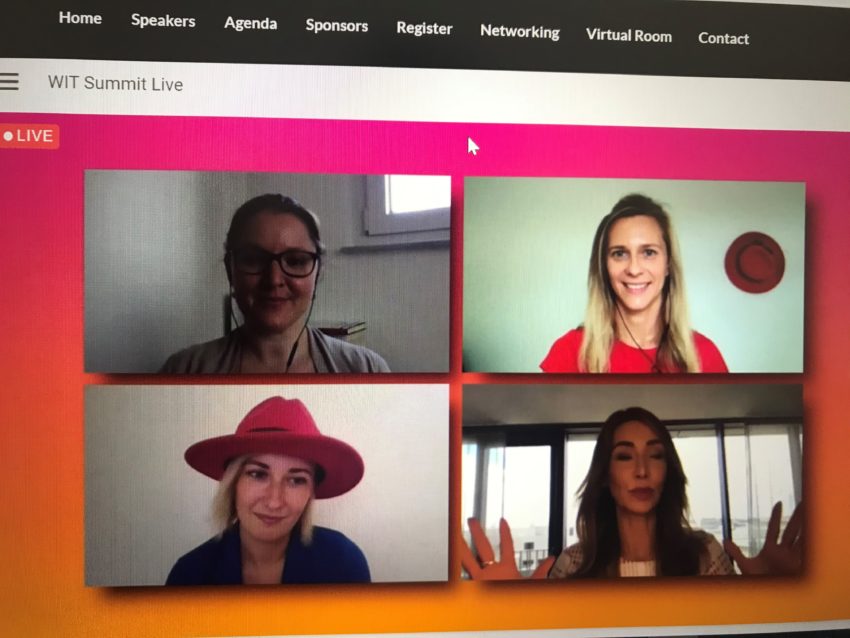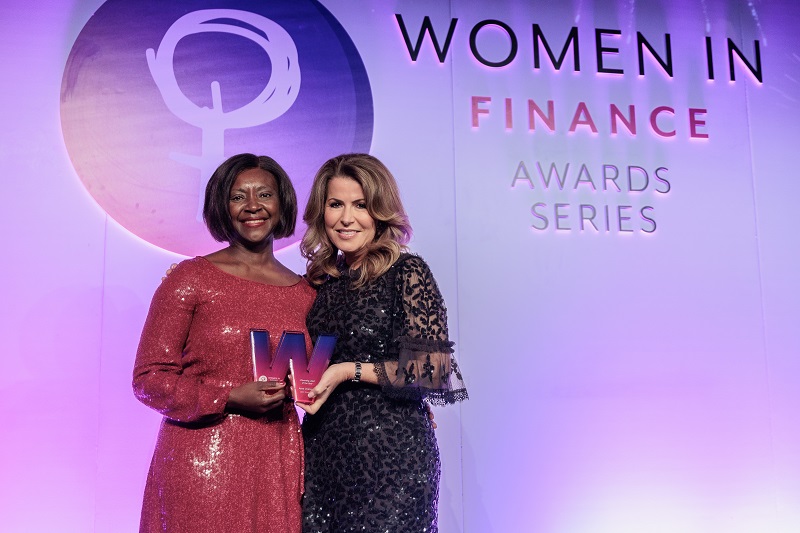COVID-19 has been the topic of conversation across the world, and the Women in IT Summit 2020 is no exception. The third and final day of the summit focused on recruitment, and how to adapt the process to the post-pandemic world.
Responding to a workplace in crisis
Dr Zara Nanu, CEO, Gapsquare was joined by Avril Chester, Founder & CEO, Cancer Central and CIO, RIBA; Kim Nilsson, Co-Founder and CEO, Pivigo and Sarah Chilton, Partner, CM Murray LLP to explore how the IT industry can bounce back from the pandemic.
The panellists all agreed that good, honest communication between employers and employees is vital if companies want to succeed. As most of the world is working from home, employers need to work on building a good relationship with their employees even when they’re not in the same office.
Dr Zara Nanu provided some resources on helping employers do so: “We’ve developed a survey that we’ve made available free to anyone. It’s for employers to check in with the employees and identify what they’re struggling with, particularly on the mental health and wellbeing front but also accessibility of technology or caring responsibilities that they have to juggle alongside their work.”
The panellists spoke at great lengths of the importance of flexible working to push forward diversity and inclusion. As Kim Nilsson said: “I think the fact that companies are embracing more remote working is a benefit for our agenda. It will be easier for women, for example, to combine any, demands that they have working from home if they won’t have to be in the office nine to five.”
Barbara Gottardi, Chief Information Officer, Retail Business Banking & Channels, HSBC then led a presentation on how you can be transparent with your recruitment process. Her key pieces of advice were:
- Use a diverse panel
- Always provide feedback
- Invite people to apply
- Be open to flexible working
Susanne Altrichter, Talent Acquisition Leader, EMEA, Red Hat; Sophie Gillot, Talent Acquisition Advisor, EMEA, Red Hat and Lucie Kozova, Senior Campus Recruiter EMEA, Red Hat, then led a discussion about how their recruitment process has changed due to COVID-19. Redhat pride themselves on their workplace culture, and so had to come up with a suitable alternative to the two-day interactive, workshop-style recruitment process they previously had in place. They turned to creating a welcome video and interactive group projects using google slide, both proving to be a success.
On the new process, Lucie said: “We created a welcome video and sent it to our candidates before the assessment, so they got to know us beforehand, and then they already recognise our people they would meet. That allows everybody to start the day relaxed, and it wasn’t.
“There’s still a long way to go to perfection. But looking back now, it worked. We made more offers than we had actually roles and had a high acceptance rate with 80% of women.”
Broadening your search – talent can be found anywhere
The first-afternoon panel, comprised of Sara Chandran, Founder and CEO, Fresh and Fearless; Nabila Salem, President, Revolent Group; Stephanie Dillon, CEO, Inclusivity Partners; Anna Brailsford, CEO, CodeFirstGirls and Rebecca Taylor, CEO and Co-Founder, TechReturners asked, ‘is there a lack of talent in IT recruitment’?
The panellists widely agreed that there is no lack of talent, but a lack of open doors. The key to providing these opportunities are found in both the industry and education. For companies to open the door for diverse candidates, they should:
- Broaden their search
- Be open to flexible working, and working less than 40 hours a week
- Understand that many women do not have a linear career path
- Make internal workplace culture changes
Recruiting women into IT and tech roles are not enough, and companies need to do more to retain their female staff. Companies should be able to provide examples of women who have been successful in the industry and in their company, as a mean to inspire young women to persist in the field. They should also provide mentorship programmes and relationships for both male and female staff, so both genders are exposed to successful women in IT, eliminating unconscious bias.
Young women and girls looking to get into IT and tech should also broaden their horizons. Just because you may have not spent the past few years studying STEM, doesn’t mean that it’s too late for you to join the IT industry. Mums coming back into work shouldn’t shy away too, as their real skills in day to day life such as time management or organisational skills can be transferred into the workplace, too.
The last panel of the day and the entire summit was Sending the Elevator Down, with Tania Ferreira, Senior Conference Producer, Bonhill Group, Fiona Daniel, CEO and Founder, FD2I, Stephanie Dillon, CEO, Inclusivity Partners.
Being a woman in a male-dominated industry is difficult enough, and as much as it is important to prioritise your wellbeing and to practise self-care, it is equally as important to support your fellow female colleagues. One day you may need the elevator, and one day you may be at the top, and as Fiona Daniel says: “People will forget what you did, but not how you made them feel.”. So, support each other, and send the elevator down.
The Women in IT Summit 2020 was a success in bringing different minds together to explore what the future holds for women in IT and tech and leaving all attendees with new knowledge and skill to take back to their companies.
The agenda and a full list of speakers can be found here.









